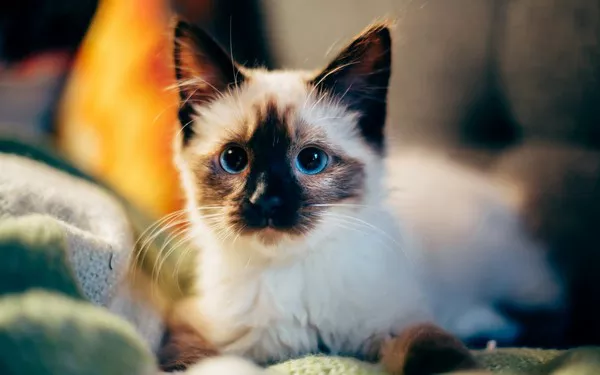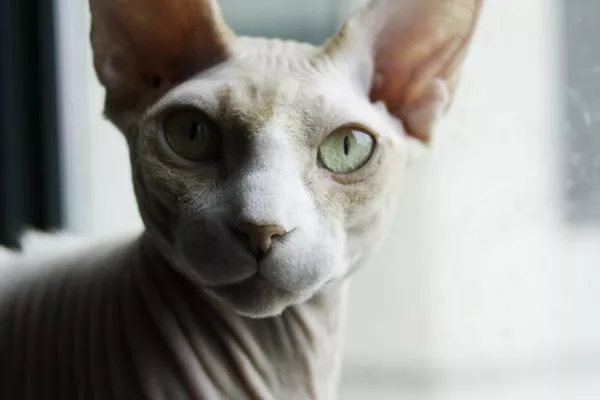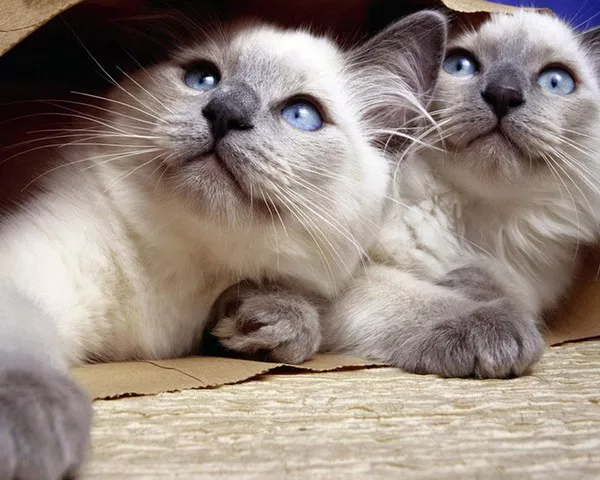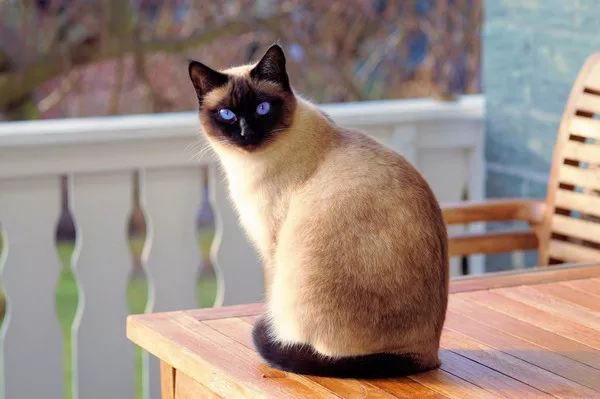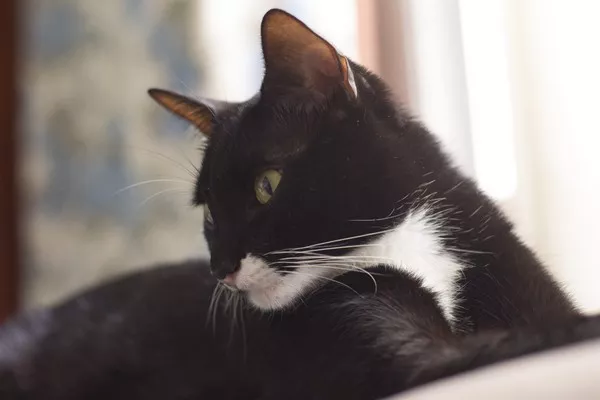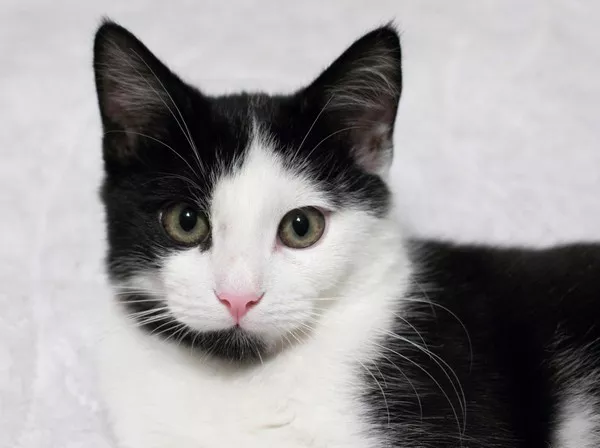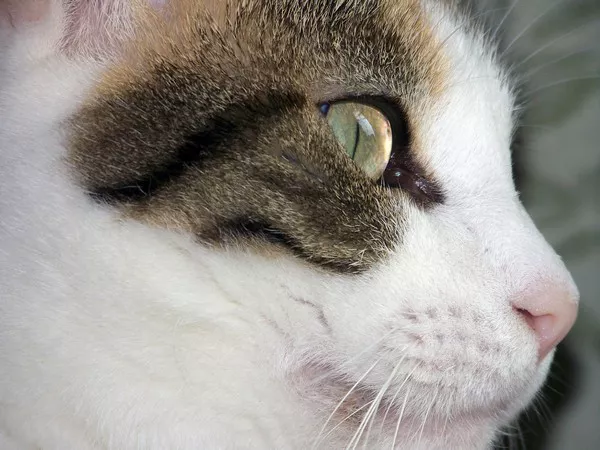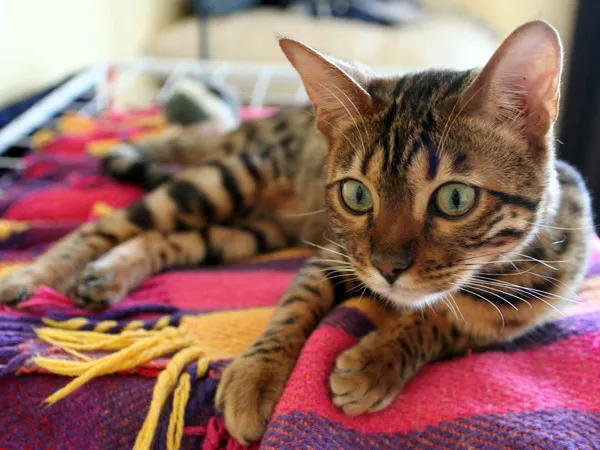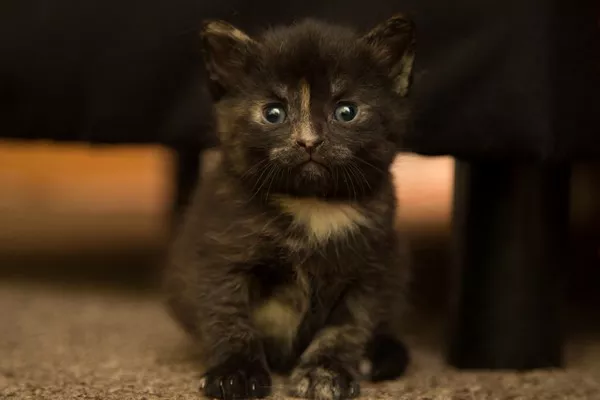Snowshoe cats are a unique and charming breed, known for their striking appearance and affectionate nature. They are a mix of Siamese and domestic short-haired cats, characterized by their short, smooth coats and distinctive white “socks.” Despite their appealing traits, Snowshoe cats can be susceptible to various health issues. Understanding these potential problems is crucial for any prospective owner or current caregiver to ensure a long, healthy life for their feline companion.
Common Health Problems
1. Feline Lower Urinary Tract Disease (FLUTD)
Overview: FLUTD is not a single disease but a collection of disorders affecting the lower urinary tract. It is particularly common in Snowshoe cats due to their genetic predisposition.
Symptoms: Symptoms include frequent urination, straining to urinate, blood in urine, and excessive licking of the genital area.
Diagnosis and Treatment: Diagnosis typically involves urinalysis and possibly imaging studies. Treatment may include dietary changes, increased water intake, or medications to manage pain and inflammation.
2. Diabetes Mellitus
Overview: Diabetes is a metabolic disorder that occurs when the body cannot produce enough insulin or effectively use it. Snowshoe cats are at a higher risk due to their weight and genetic factors.
Symptoms: Common signs include increased thirst, frequent urination, weight loss despite a good appetite, and lethargy.
Management: Managing diabetes often involves insulin therapy and dietary adjustments. Regular monitoring of blood glucose levels is essential.
3. Hypertrophic Cardiomyopathy (HCM)
Overview: HCM is the most common heart disease in cats, leading to thickening of the heart muscle. This condition can be hereditary in Snowshoe cats.
Symptoms: Symptoms may include difficulty breathing, lethargy, sudden collapse, or weakness in the hind limbs.
Diagnosis and Treatment: Diagnosis is made through echocardiograms or X-rays. While there is no cure for HCM, treatment can help manage symptoms and improve quality of life.
4. Feline Viral Rhinotracheitis (FVR)
Overview: FVR is caused by the feline herpesvirus and can lead to severe respiratory issues.
Symptoms: Symptoms include sneezing, nasal discharge, eye discharge, and fever.
Prevention and Treatment: Vaccination is crucial for prevention. Treatment may involve supportive care such as hydration and antiviral medications.
5. Dental Disease
Overview: Dental health is vital for all cats but often overlooked. Snowshoe cats can develop periodontal disease if dental care is neglected.
Symptoms: Bad breath, difficulty eating, swollen gums, and loose teeth are signs of dental issues.
Prevention: Regular dental check-ups and at-home dental care can prevent serious complications.
6. Hyperthyroidism
Overview: This condition occurs when the thyroid gland produces excessive hormones, often seen in older cats.
Symptoms: Increased appetite combined with weight loss, hyperactivity, vomiting, and diarrhea are common signs.
Diagnosis and Treatment: Blood tests confirm hyperthyroidism. Treatment options include medication, dietary changes, or surgery.
7. Progressive Retinal Atrophy (PRA)
Overview: PRA is a genetic condition that leads to gradual vision loss due to retinal degeneration.
Symptoms: Early signs may include night blindness or hesitance in dark areas.
Management: There is no cure for PRA; however, ensuring a safe environment can help affected cats navigate their surroundings.
8. Obesity
Overview: Obesity is a significant health concern for many cat breeds, including Snowshoes. It can lead to various secondary health issues like diabetes and joint problems.
Management: Maintaining a balanced diet and ensuring regular exercise are essential for preventing obesity.
9. Gastroenteritis
Overview: This condition involves inflammation of the gastrointestinal tract and can be caused by various factors including infections or dietary indiscretion.
Symptoms: Symptoms include vomiting, diarrhea, lethargy, and abdominal pain.
Diagnosis and Treatment: Diagnosis often requires blood tests or imaging studies. Treatment focuses on hydration and dietary management.
10. Skin Conditions
Overview: Skin issues can arise from allergies or parasites affecting Snowshoe cats.
Symptoms: Signs include itching, redness, hair loss, or lesions on the skin.
Management: Identifying triggers such as allergens or parasites is crucial for effective treatment.
See Also: What Health Issues Do Domestic Long Hair Cats Face?
Preventive Care
Understanding potential health problems is only part of responsible pet ownership; preventive care plays an equally important role in ensuring your Snowshoe cat remains healthy:
Regular Veterinary Check-ups: Routine visits allow for early detection of potential health issues through physical examinations and necessary vaccinations.
Balanced Diet: Providing high-quality food tailored to your cat’s age and health needs can prevent many common health problems.
Dental Care: Regular brushing of your cat’s teeth can significantly reduce the risk of dental diseases.
Weight Management: Keeping your cat at a healthy weight through diet control and exercise will help prevent obesity-related conditions like diabetes.
Conclusion
Snowshoe cats are generally healthy animals but are prone to specific health problems that require attention from owners. By being aware of these potential issues—ranging from diabetes to dental disease—owners can take proactive steps to ensure their feline companions lead long, happy lives. Regular veterinary care combined with responsible pet ownership practices will go a long way in maintaining your Snowshoe cat’s health. In summary, understanding the unique health challenges faced by Snowshoe cats empowers owners to provide better care tailored to their needs while fostering a loving environment that promotes overall well-being.
Related Topics
What Are The Health Issues Of American Ringtail Cats?







